CNC Machining: From Punch Cards to Precise, Identical Parts Fast!
by Rebekah Fuller, IQS Editor

Do you remember your parents talking about their experience with computers in school? My dad would always refer to “punch cards” that had to be manually inserted into the computer to get the desired results. He says that it wasn’t until he was in college that he started using these punch cards to create simple accounting programs, and this was in the year 1977. The farthest back I can remember is to that one computer in the back of my second grade classroom and the big floppy disks (actual flexible floppy, not the hard disks yet) we inserted for some reason that’s a bit blurry to me now, probably some sort of “game” to help us learn addition and subtraction. I was in second grade in 1989-1990, and the demise of punch cards wasn’t so long ago if you think about it. They were in common use through the mid-1970s; this decade marked the beginning of CNC machining and various computer numerical controlled devices.
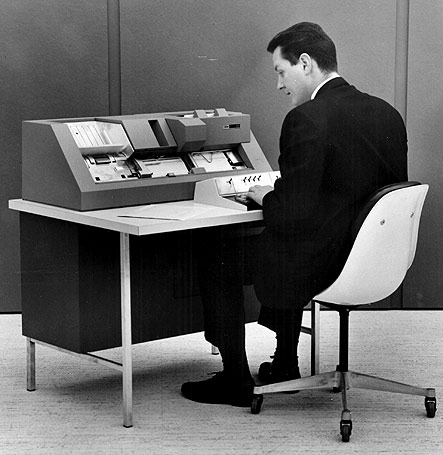
Punch card operator.
Computers have come a long way in a few short decades. In 1980, a gigabyte-capacity hard drive was as big as a refrigerator, and now tiny MP3 players can store several gigabytes. To create innumerable replicas of precise parts fast, CNC manufacturing has become the trend in the industrial sector for obvious reasons. Despite the complexities of the machining and the computer coding, CNC programs are known for having a highly accessible interface that is far easier for beginners to operate than would be the machines it automates. CNC work ensures the most efficient use of materials and machinery, doing so faster and more precisely than manual operations. This makes rapid prototyping a breeze and eliminates waste and human error. Collaboration between the manufacturer and the client begins at the design phase, utilizing computer assisted design (CAD) software to conceptualize the product. Once a prototype, or working model, has been approved for production, computer aided manufacturing (CAM) programs are used to convert the schematics and measurements of the item into code which will direct the equipment. G code, a standardized system of number and letter combinations, is a universal CNC language.
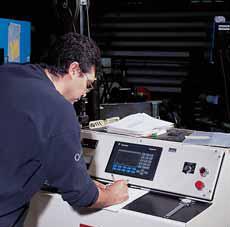
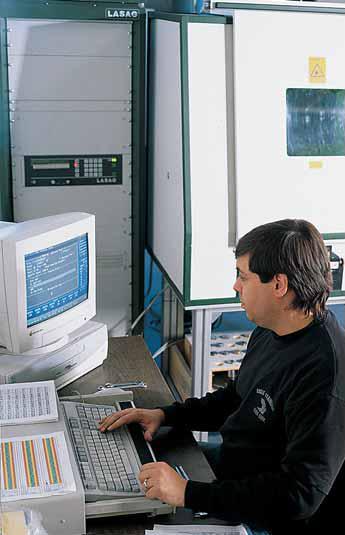
Photos courtesy of Eagle Stainless Tube & Fabrication, Inc.
Think of the code as the punch cards that used to control equipment, which predated computers by a long shot. The first electrical binary programmable computer was created in 1936; however, the textile industry employed punch cards as early as 1725 to control mechanized looms and help standardize the patterns woven into fabrics. The use of punched tape was also pioneered by the textile industry; later, computers used punch tape for data input and also as a medium to output data. Each row of punches represented one character. Numerical control was also in effect before computers were used to automate equipment. The first NC machines of the ‘40s and ‘50s were operated by commands encoded on punched tape. Existing machine tools were modified with motors that moved the controls to follow points fed into the system on the punched tape, though it wasn’t long before analog and digital computers were used to revolutionize the automation equipment for manufacturing.
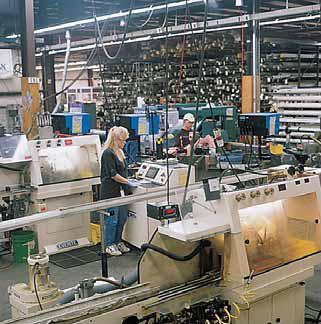
Photo courtesy of Eagle Stainless Tube & Fabrication, Inc.
CNC machine tools are all about repeatable precision. Once the prototype part has been thoroughly tested, the code created during prototype machining can be implemented in short-run to full long-run, continual production of identical, high quality precision parts. The CNC machine work can either be carried out in a single cell consisting of a combination of the different tools needed for the job, or sometimes a number of separate machines are used with humans or robots moving the component from machine to machine in the process of the particular cutting, milling, drilling, grinding, punching, etc. that is necessary, and finishing too! CNC programming instructs the positioning, pressure applied, depth and all other movements of these automated devices. Common materials that CNC machines work with include any number of metals, glass, ceramics, wood and plastics.
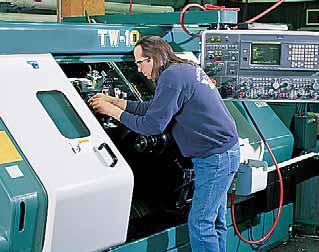
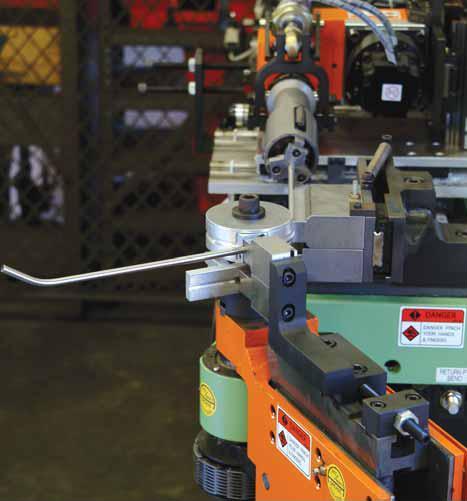
Photos courtesy of Eagle Stainless Tube & Fabrication, Inc.
Because a part’s computer file can be saved for later use, CNC services are highly advantageous in manufacturing military, automotive and aerospace parts, and any other components that are produced over and over continually, as the code can be modified and streamlined for future upgrades as well.
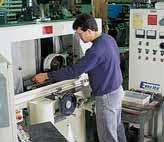
Photo courtesy of Eagle Stainless Tube & Fabrication, Inc.


 Castings & Forgings
Castings & Forgings Bulk Material Handling
Bulk Material Handling Electrical & Electronic Components
Electrical & Electronic Components Flow Instrumentation
Flow Instrumentation Hardware
Hardware Material Handling Equipment
Material Handling Equipment Metal Cutting Services
Metal Cutting Services Metal Forming Services
Metal Forming Services Metal Suppliers
Metal Suppliers Motion Control Products
Motion Control Products Plant & Facility Equipment
Plant & Facility Equipment Plant & Facility Supplies
Plant & Facility Supplies Plastic Molding Processes
Plastic Molding Processes Pumps & Valves
Pumps & Valves Recycling Equipment
Recycling Equipment Rubber Products & Services
Rubber Products & Services